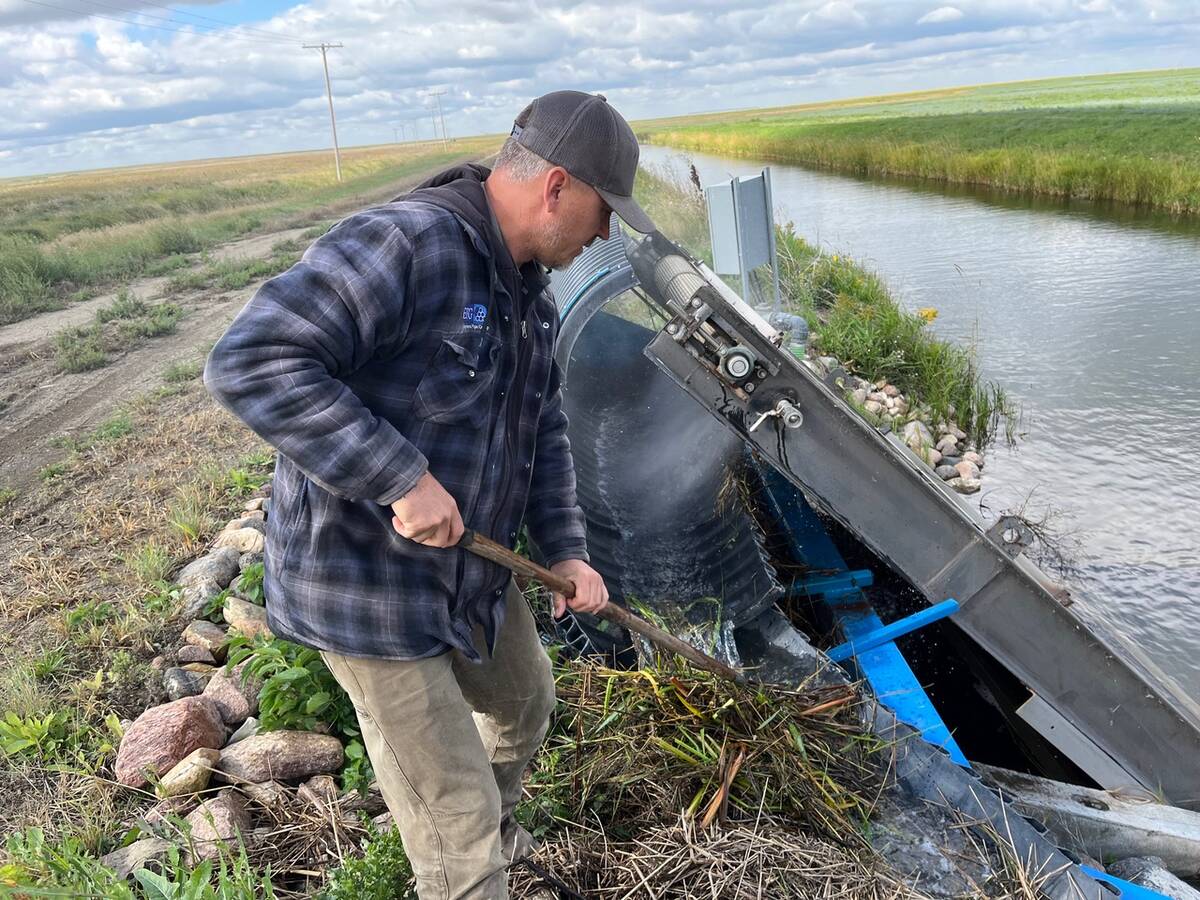RENO, Nevada Ñ The United States has garnered an international reputation for shipping dirty wheat out of the Gulf of Mexico.
“Our customers have made us aware on numerous occasions that U.S. wheat is not as clean as other wheats they might get,” said Mark Hodges, chair of the U.S. Wheat Associates’ quality committee.
Wheat industry officials have been trying to address that concern to no avail since 1998.
They have relied on customer testimony to convince exporters to set up cleaning facilities in the U.S. Gulf similar to those used in the Pacific Northwest, the other major shipping destination for American wheat.
Read Also

Saskatchewan farmer uses tile drainage to manage water
The integration of both irrigation and tile drainage results in higher yields, water efficiency, improved soils and less nutrient runoff, says one producer.
Those pleas have fallen on deaf ears because despite anecdotal evidence, the exporters don’t see any value in implementing costly improvements to the grain handling system.
“We really haven’t moved much further forward since 1998,” said Hodges during an interview at the North American Grain Congress.
A recent survey of seven U.S. Wheat Associates’ overseas offices shows that dirty wheat is still an issue in about half the regions and that it could be costing the industry as much as two million tonnes in annual sales.
So it’s time to take a different tack. Instead of relying on estimates and anecdotes, the wheat quality committee is going to attempt to quantify the problem.
It has developed a wheat cleanliness calculator that uses a collection of factors to determine the economic cost of shipping dirty wheat.
The calculator will be used for four export destinations Ñ Hong Kong, Mexico City, Santiago, Chile, and Cairo, Egypt.
Hodges said the negative impact of shipping high dockage grain will vary significantly by region, depending on whether they have a use for the dockage and screenings.
It will also depend on other less tangible factors.
For instance, one miller in Sao Paulo, Brazil, situated in the centre of a city of 17 million people, gets shut down occasionally due to excessive dust pollution caused by working with dirty grain. A customer like that may be willing to pay a premium for clean product.
Hodges is confident once the exporters see proof of the direct economic impact of what they are doing, they will make the necessary changes at the Gulf of Mexico, which will boost U.S. wheat exports, especially into nearby Latin American countries.
That would be a negative development from a Canadian perspective because more than two million tonnes of Canadian wheat was sold into those markets in the 2003-04 crop year.

















